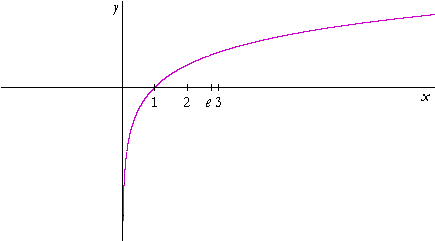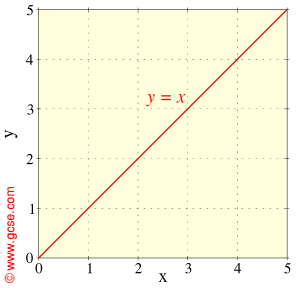Eobet,
note: math incoming, if you just want the results and applications to gameplay skip to bottom.
Armor can be complicated to understand unless you get into the mathematics of it and also consider what types of damage you are most likely to receive in any given encounter.
not sure how much math you know, but if you wanted to look at it from this perspective you'll see that the armor equation is of the type: (1-1/x). this is an inverse exponential function. its integral is ln(x). if you graph this kind of function it looks like this:

so on that chart imagine that the y axis is % mitigation and the x-axis is armor value. imagine that the 1 armor value 0.
so if you don't know how this kind of function works you'd think that there's a strong diminishing returns on it because it looks like the curve is flattening out as your armor values are increasing. however, you need to understand that each additional point of armor is compounded on top of existing armor values. so if you graph a different quantity on y you get a very revealing result. imagine that instead of graphing % mitigation you're graphing "time to live" which is a value in seconds learned by dividing your current health by your incoming dps suffered. this is the inverse quantity of %mitigation, i believe.
the graph would change and look like a straight line plot, like this

so you can tell from this that armor has a linear, non-diminishing increase in the quantity "time to live". the inverse (1/x) of time to live is "% mitigation" which is why you get a graph of ln(x) if you graph the inverse of the quantity you really care about.
anyway, my apologies for being pedantic and nerdy. i hope the math helps you understand the way armor really works.
as far as this applies to what items should you buy in Demigod, think of it like this:
1) there's a synergistic relationship between health and armor. armor makes each point of health a "bigger" point. increasing just health or just armor is less effective than increasing both in some proportion. the exact proportion you choose should be related to what your most likely damage sources are.
2) armor does not reduce damage from spells. it reduces damage from everything else though. its a fantastic investment against auto-attack based damage dealers like Angelic Fury Regulus or any Minion build of a General. its much less good against a Mines based Regulus or a DG like Torchbearer that has alot of spell nuke damage.
3) survivability upgrades are always extremely worthwhile. i highly recommend maintaining a good amount of +health, +armor, and +health regen throughout the entire game. i find that people undervalue Armor because perhaps they don't understand how it really works.

